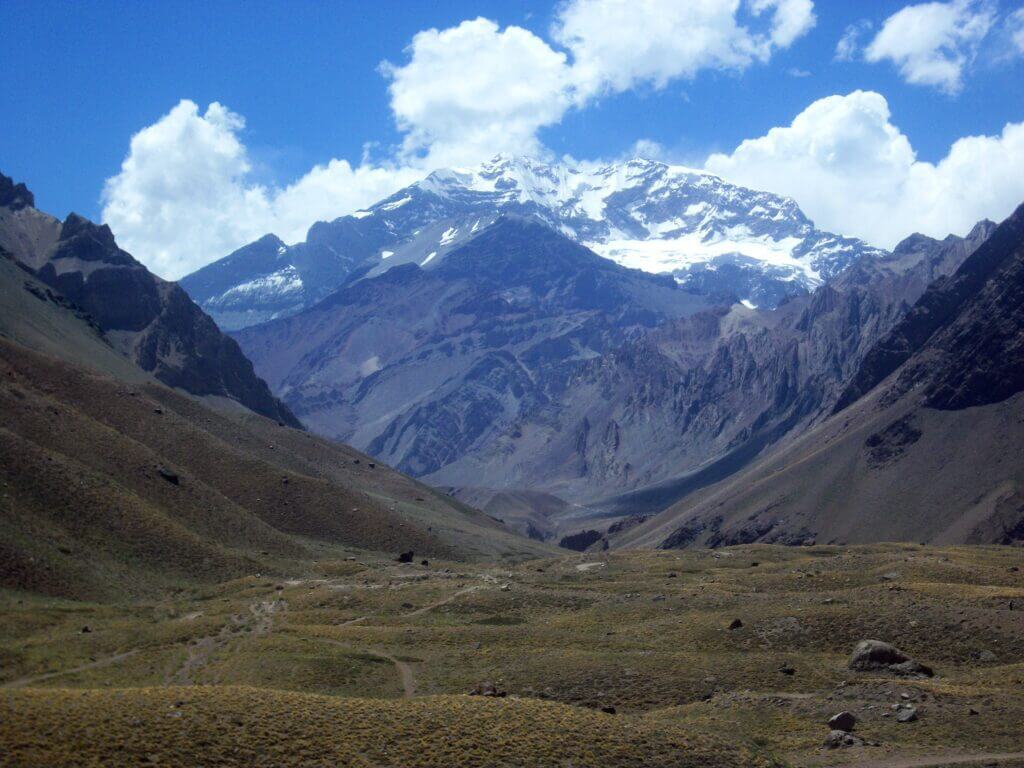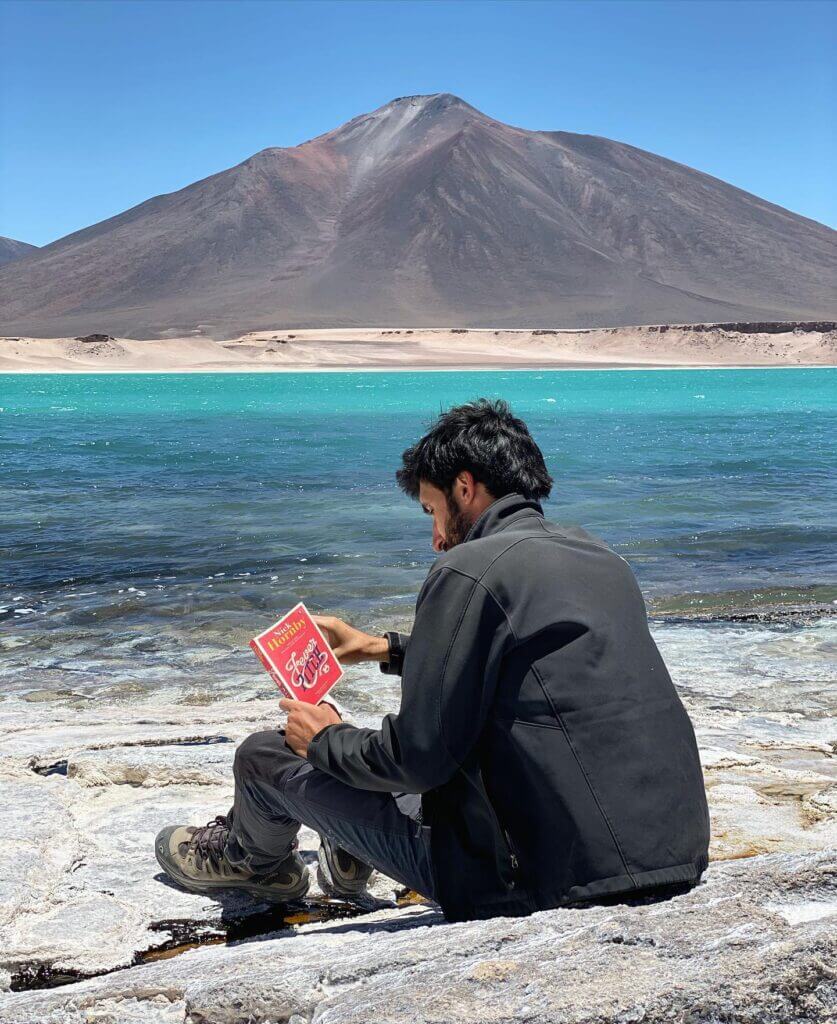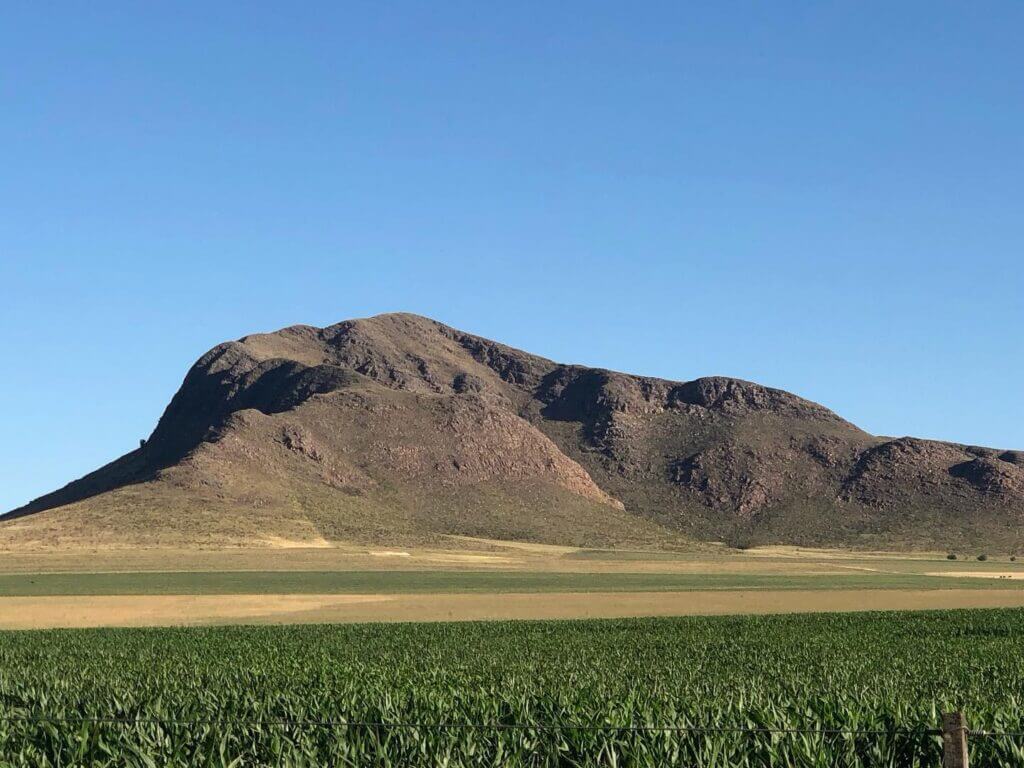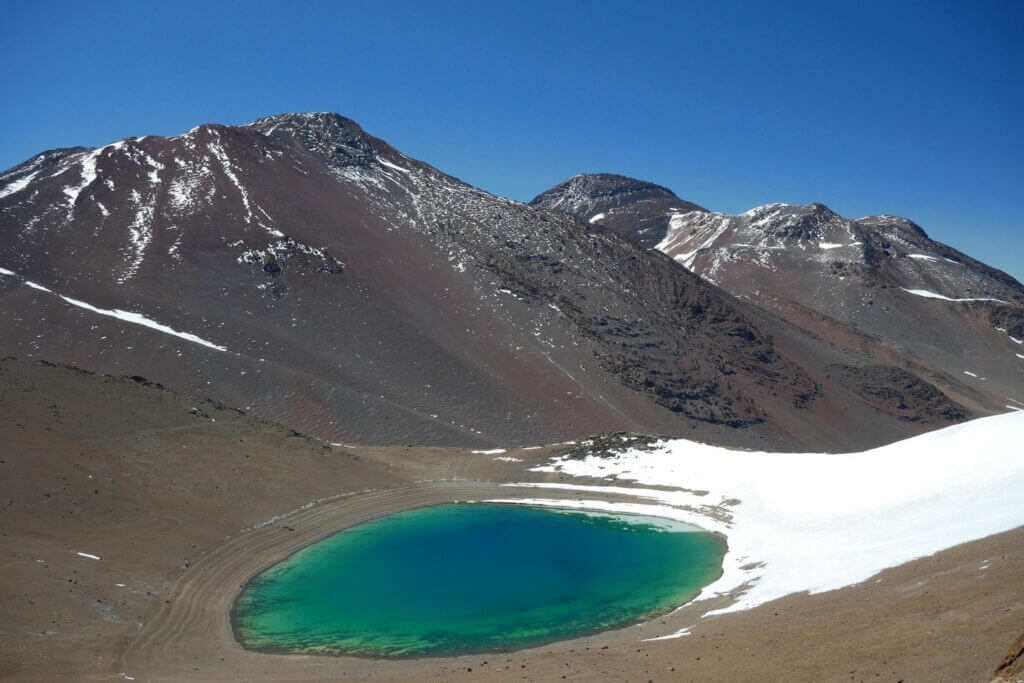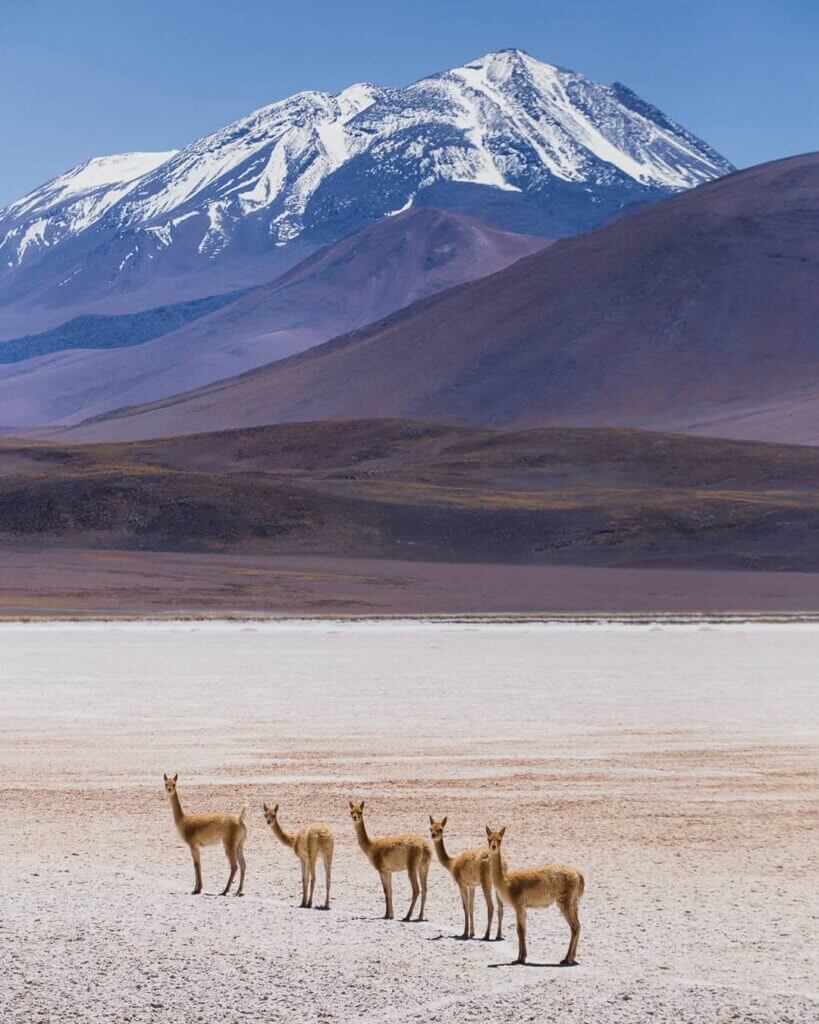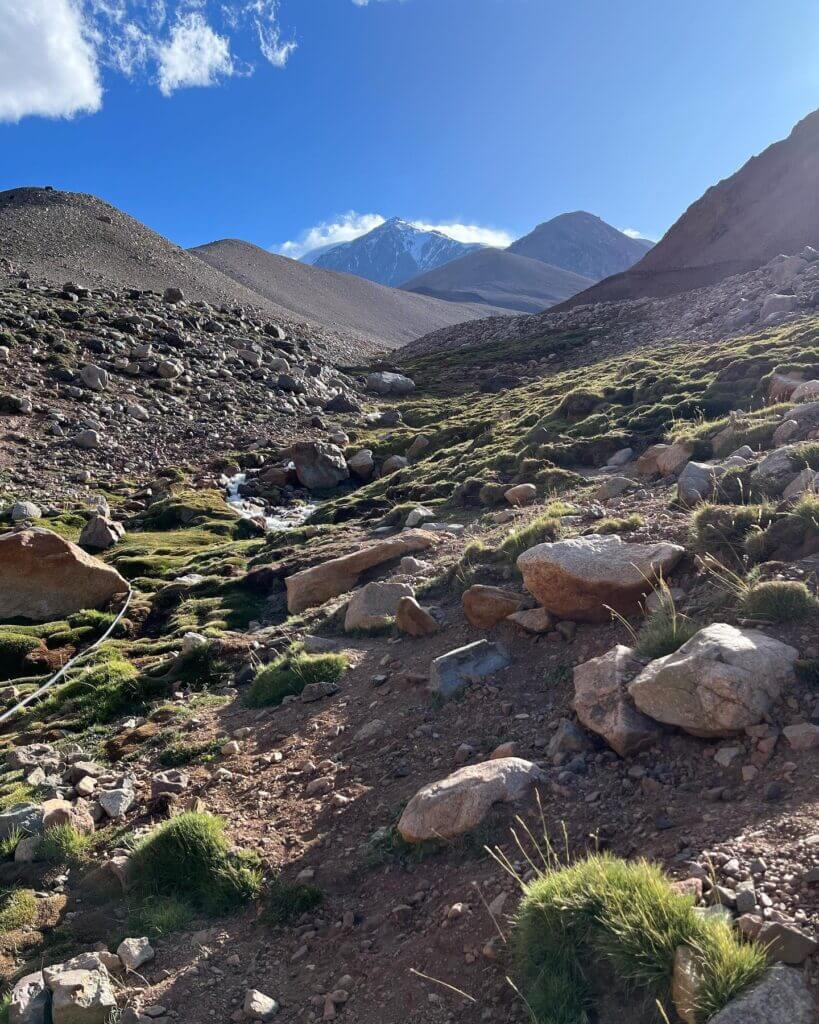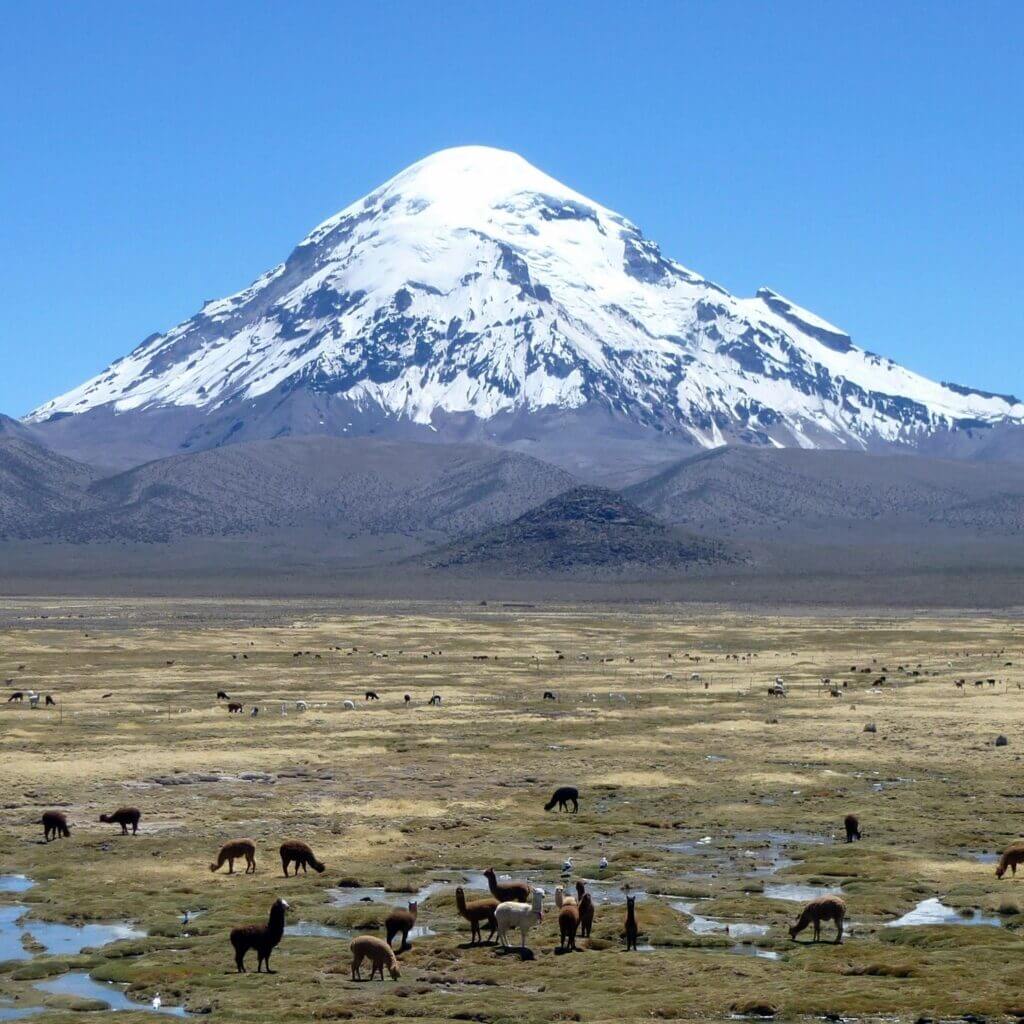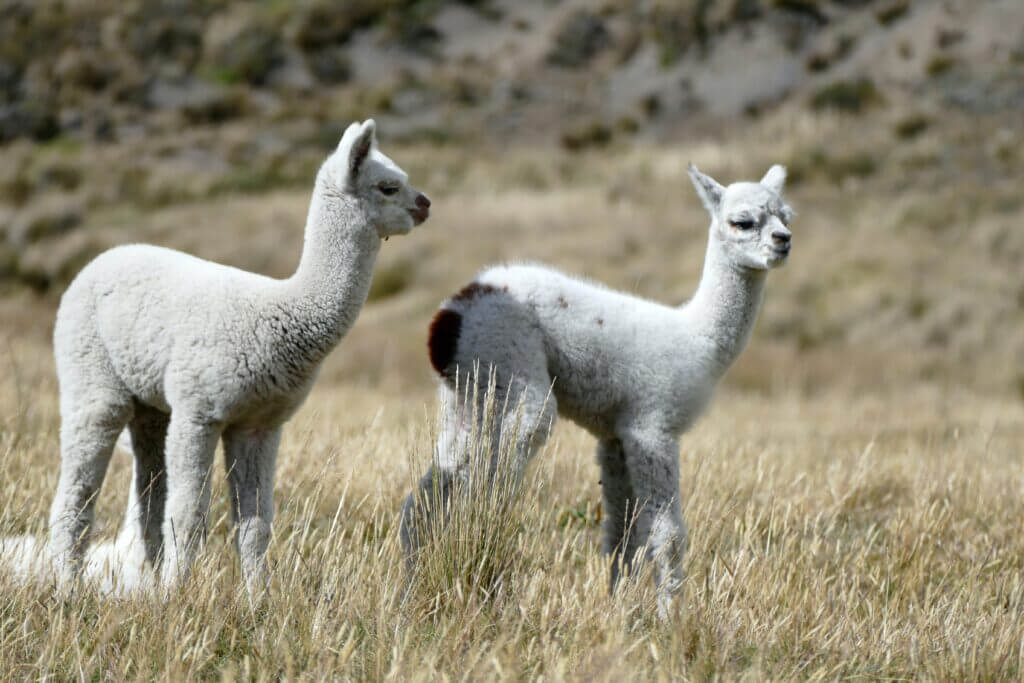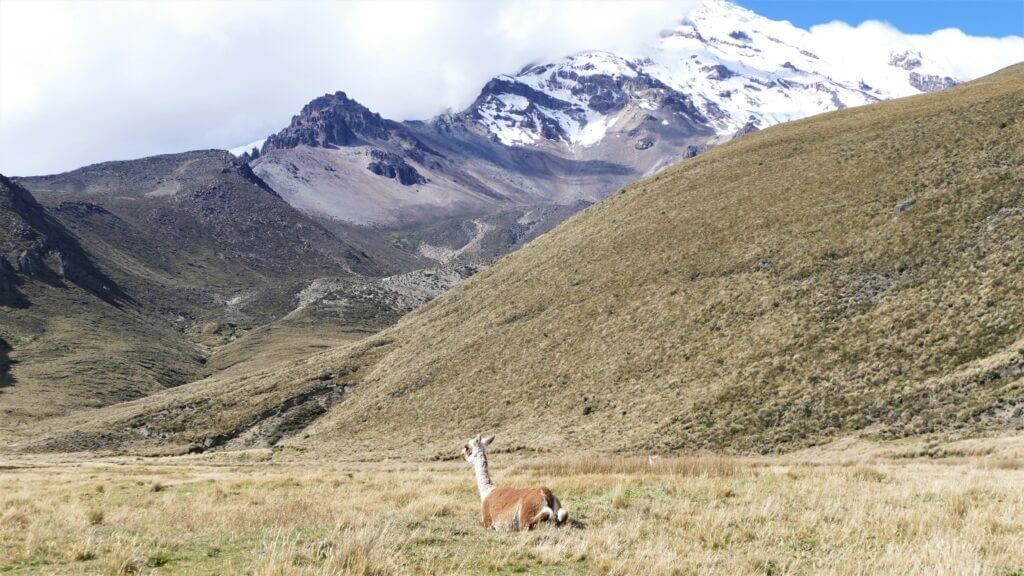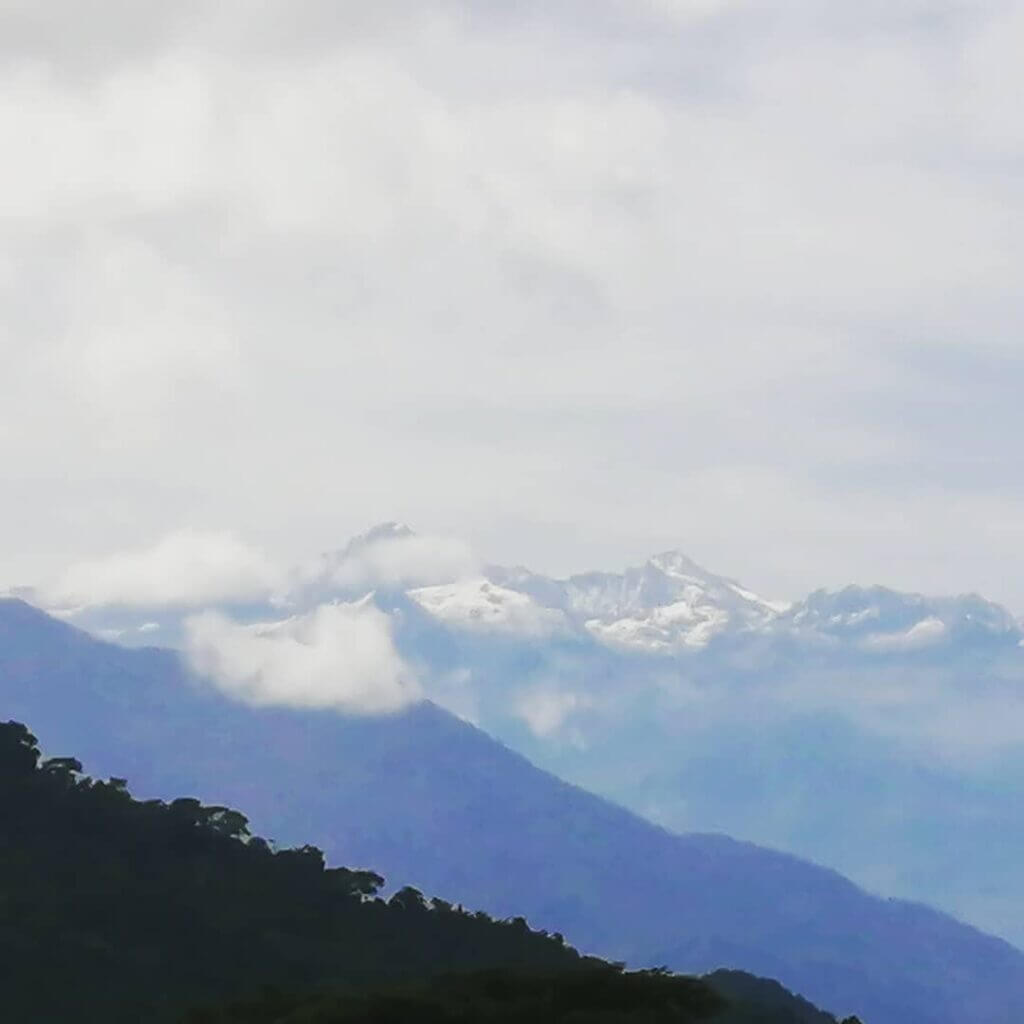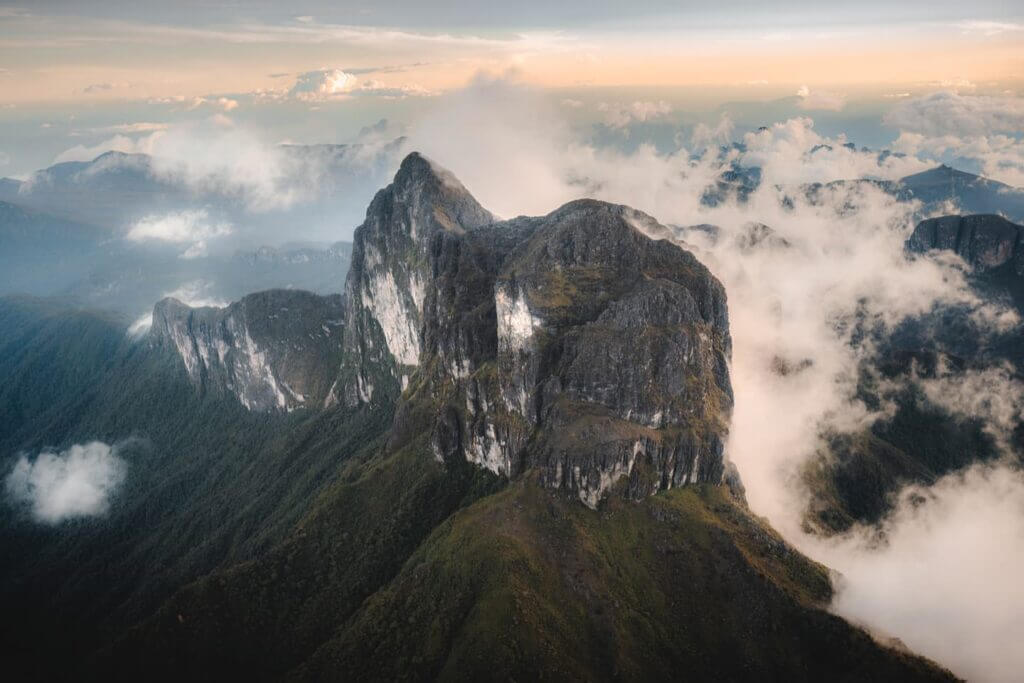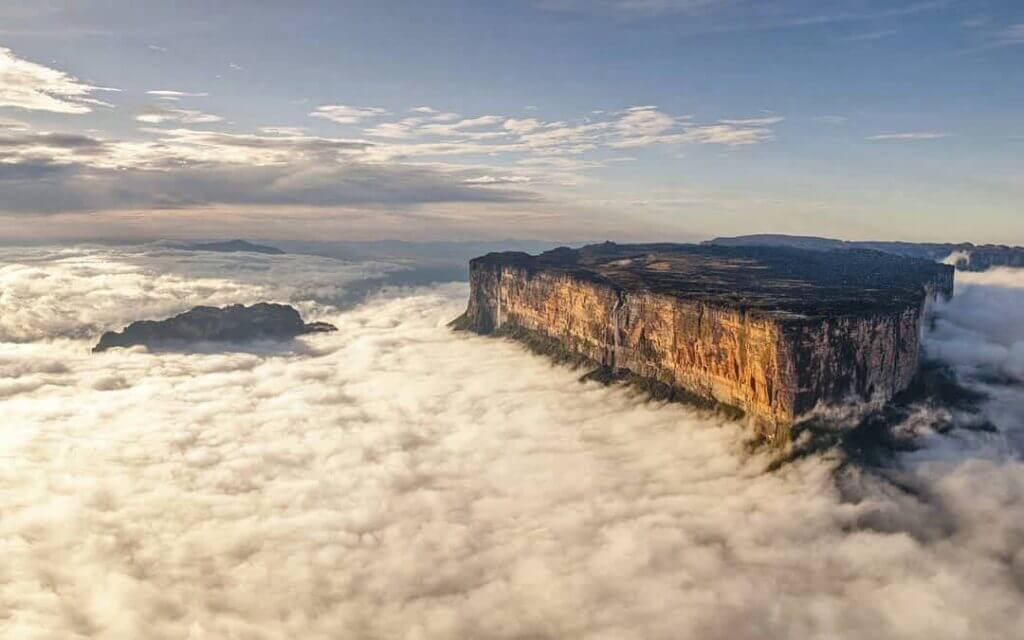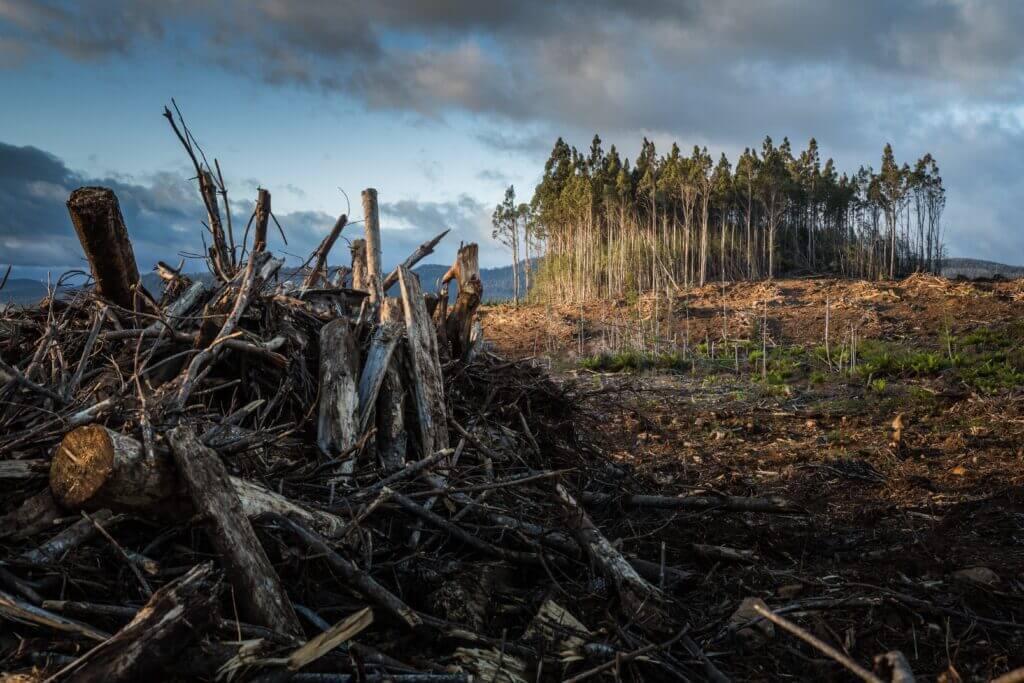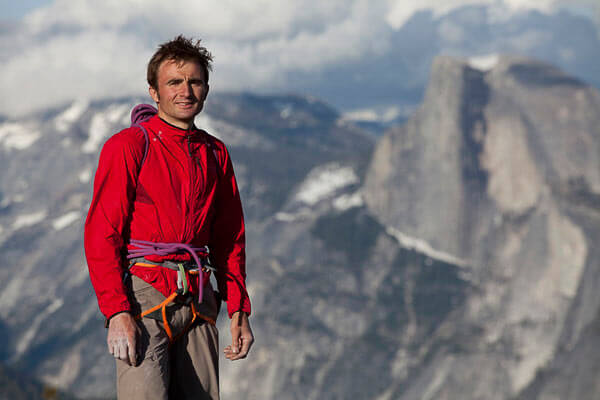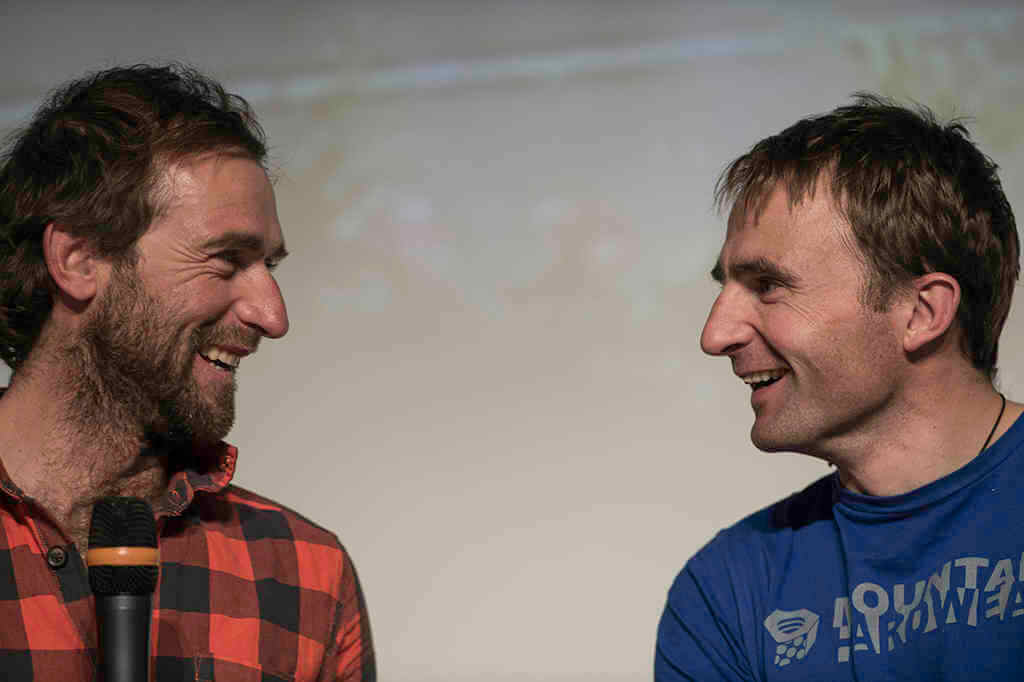Who is Marie Amiguet?
Marie Amiguet is a graduate with a biology degree. She quickly chose to live a nomadic and adventurous life by travelling through the Caribbean, Africa and South America to work there on a punctual basis. Thus, her experiences encouraged her to pursue her childhood dream of making wildlife documentaries.
She returned to France to pursue a Master’s degree in Animal Documentary Techniques at Ménigoute, where she met Jean-Michel Bertrand. Charmed by his personality and project, Marie Amiguet embarked on the adventure as a camerawoman alongside Jean-Michel for two and a half years.
Today, needing large spaces in the mountains or at sea, Marie finds fulfilment by practising rock climbing and paragliding when her schedule allows between her animal documentary projects.
A César for Marie Amiguet, with The Snow Panther (2021)
The main theme
The photographer Vincent Munier takes the writer Sylvain Tesson on an exciting adventure in search of the snow leopard in the Tibetan highlands.
During this journey, Vincent initiated Sylvain to the practice of stalking, to the reading of tracks and to the necessity of being patient to catch a glimpse of these wild animals.
While exploring the peaks where these invisible beasts live, the two men discuss the place of man in nature and celebrate the splendour of the world. This experience offers a unique opportunity to immerse oneself in the beauty of the Tibetan highlands. You will also be invited to contemplate breathtaking landscapes.
A César for the former student of the Ménigoute Animal Cinema School.
We remember the 47th edition of the César Awards, which took place on Friday, February 25th 2022. The festival then rewarded “La Panthère des Neiges” as the best documentary of the year. A movie that promises to take you on wild and unforgettable adventures. This masterpiece was directed by two exceptional talents: wildlife photographer Vincent Munier and director Marie Amiguet.
The movie was released in theatres on December 15th, 2021. It immediately captivated viewers with its breathtaking direction and stunning cinematography. The documentary is inspired by the eponymous book by Sylvain Tesson, winner of the 2019 Renaudot Prize, which amazed the audience with the beautiful photographs of Vincent Munier.
Are you looking for an exhilarating adventure? “The Snow Leopard” is the perfect solution. The movie will take you into a world of natural beauty and unexpected encounters.





